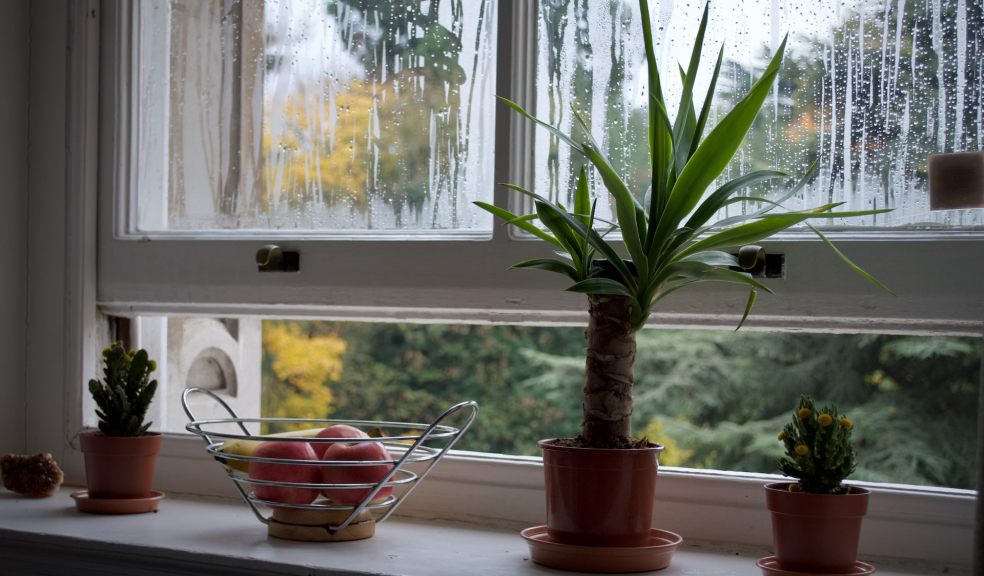
How to Spot a Damp Problem in Your Home
Damp in your home can be a serious danger to your health and wellbeing. In severe cases, dampness can destroy your furniture and even threaten the structural integrity of your home. But how can you tell if you have a damp problem? In this helpful article, you’ll discover the main signs of damp in your home.
If you believe you have a damp problem, make sure you hire a professional to fix the damage and damp-proof your home. At Checkatrade, you can find the best tradespeople in your area, so whether you need an Edinburgh damp proofer, a London damp proofer or a professional in any area of the UK, you can find the best tradesperson to help you with your problem.
Mould
One of the most obvious signs of a damp problem is visible mould. Mould can be found wherever the damp problem is, so you could find it on your walls, ceiling or floor. In addition, mould can be even worse in areas where there’s a lot of moisture in the air, such as your kitchen and bathroom. If you see mould, then this is a definite sign that you need to look into damp proofing your home.
Discoloured and peeling wallpaper
With a more severe damp problem, you’ll probably start to see discoloured patches on your walls or ceiling, and these patches will usually feel cold or wet. As well as discolouration, you may also see peeling wallpaper and plaster. If this is an issue in your home, you need to sort it out as soon as possible before more damage occurs.
Musty smell
One of the first signs of a damp problem is a musty smell in your home, and this can occur before you start seeing more obvious signs like wet patches and peeling wallpaper. If your home starts to smell musty, make sure you look around to see if you can find early signs of damp like a growing patch of mould. The signs of dampness may be hidden behind furniture or in hard-to-reach areas.
Excessive condensation
A bit of condensation on your windows can be normal, especially in the winter months, but excessive condensation throughout the year can be a sign of a damp problem. Condensation appears when humid air meets a cold surface, such as a window. Since the air in your home contains moisture, condensation can build up on your windows, especially if you’ve just had a hot shower in the middle of winter. However, if you always have a lot of condensation even when you try to ventilate your home properly, you could have too much moisture in your home due to a damp problem.
Rotting wood
If you have a damp problem, this can eventually cause issues like rotting wood. For example, if you notice that your window frames or skirting boards are starting to rot, this means there’s too much moisture in your home. Rotting wood is always a warning sign, so make sure you take action as soon as you spot it.
Damp is a serious yet common problem in many UK homes. Remember the main signs of a damp problem to sort it out as soon as possible.














